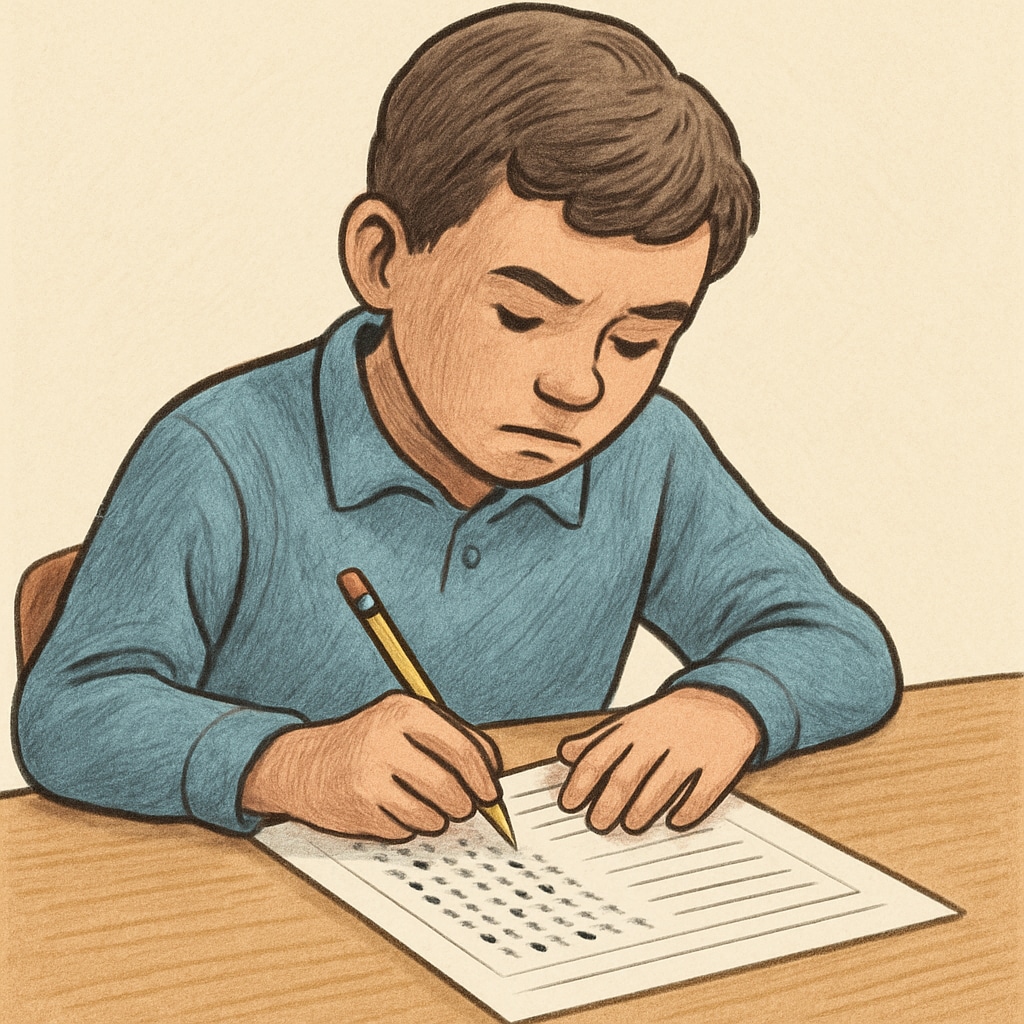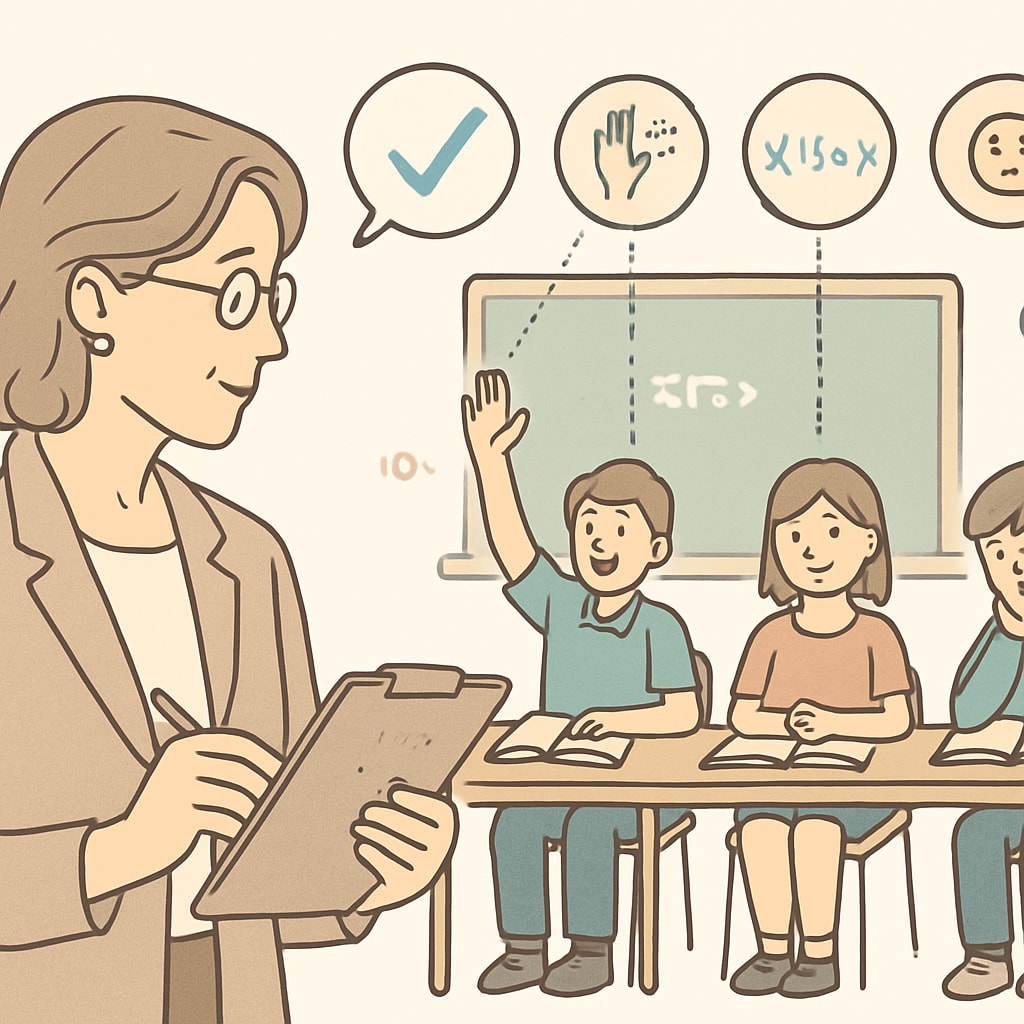Identifying and nurturing the potential of gifted children requires more than just a single test score. While standardized assessments such as the Cognitive Abilities Test (CogAT), the Wechsler Intelligence Scale for Children (WISC), and the Stanford-Binet Intelligence Scale are widely used, they have their own strengths and limitations. This article delves into these tools, evaluates their effectiveness, and advocates for a holistic, multidimensional approach to assessing giftedness in children.

Understanding Standardized Tests and Their Role
Standardized tests are a cornerstone in identifying gifted children, offering measurable insights into cognitive abilities, reasoning, and problem-solving skills. However, each test caters to specific aspects of intelligence, and none can provide a comprehensive picture of a child’s abilities.
- CogAT (Cognitive Abilities Test): This test evaluates reasoning abilities in verbal, quantitative, and nonverbal domains. It is particularly useful for identifying patterns and problem-solving skills. However, it may underrepresent creativity and social intelligence.
- WISC (Wechsler Intelligence Scale for Children): A widely used tool, the WISC measures cognitive abilities across various domains, including verbal comprehension and working memory. Despite its broad scope, cultural and language biases may affect results.
- Stanford-Binet Intelligence Scale: Known for its historical significance, this test covers fluid reasoning, knowledge, and quantitative reasoning. However, it may not fully capture diverse talents like artistic or physical abilities.
Each of these tests offers valuable insights, but a reliance on any single tool risks overlooking important facets of a child’s potential.
The Limitations of Standardized Testing
While standardized tests provide objective and quantifiable data, they have inherent limitations. First, they often fail to measure non-traditional forms of intelligence, such as creativity, emotional intelligence, or leadership potential. Second, cultural and socioeconomic biases can influence a child’s performance, leading to inaccurate assessments. Finally, the pressure of testing environments may not reflect a child’s true abilities, especially for those who excel in less structured, real-world settings.
To address these shortcomings, educators and psychologists must look beyond numbers and integrate additional evaluation methods.

A Holistic Approach to Gifted Assessment
To truly understand and nurture a gifted child, a multidimensional assessment framework is essential. This approach combines standardized tests with observational and performance-based assessments, creating a fuller picture of a child’s abilities.
- Observational Assessments: Teachers, parents, and psychologists can observe a child’s behavior, creativity, and problem-solving in natural settings. This method helps identify talents that may not emerge in formal tests.
- Performance-Based Assessments: Real-world tasks and projects allow children to demonstrate unique abilities in applied contexts. For example, a child might excel in designing experiments, composing music, or leading a group activity.
- Portfolio Reviews: Collecting samples of a child’s work—essays, artwork, or coding projects—provides evidence of their talents and interests over time.
By integrating these methods, educators can develop personalized enrichment plans that cater to each child’s strengths and interests.
Conclusion: Beyond the Numbers
Identifying giftedness in children is a complex and nuanced task. While standardized tests like CogAT, WISC, and Stanford-Binet offer valuable insights, they should not be the sole determinants of a child’s potential. A multidimensional approach—combining standardized tests, observational assessments, and performance evaluations—ensures that no talent is overlooked. By embracing this holistic perspective, educators and parents can unlock the full potential of gifted children, providing them with tailored opportunities to thrive.
For more information on gifted education, visit Gifted Education on Wikipedia or explore the Education section on Britannica.
Readability guidance: This article uses short paragraphs and bullet points for clarity. Transition words like “however,” “therefore,” and “for example” ensure smooth flow, while technical terms are explained in simple language for accessibility.


